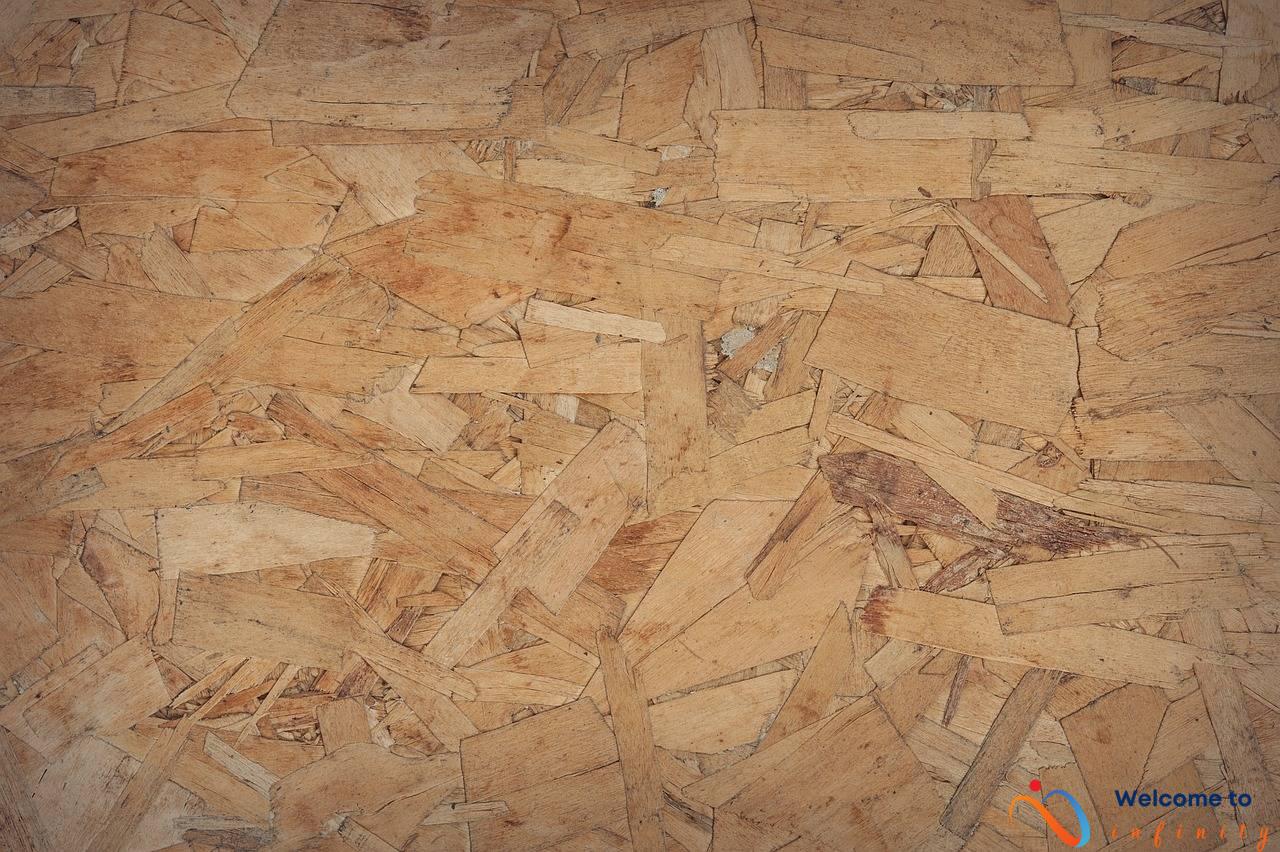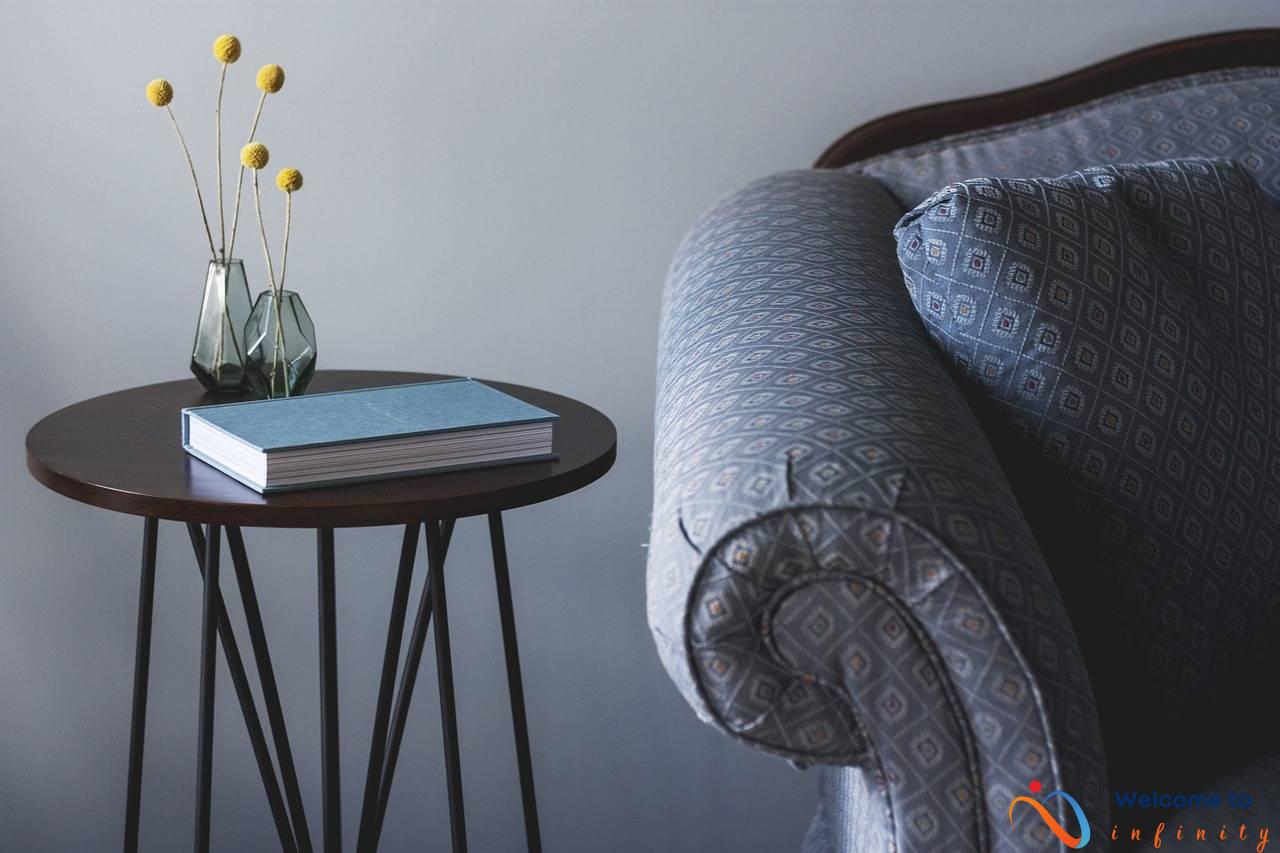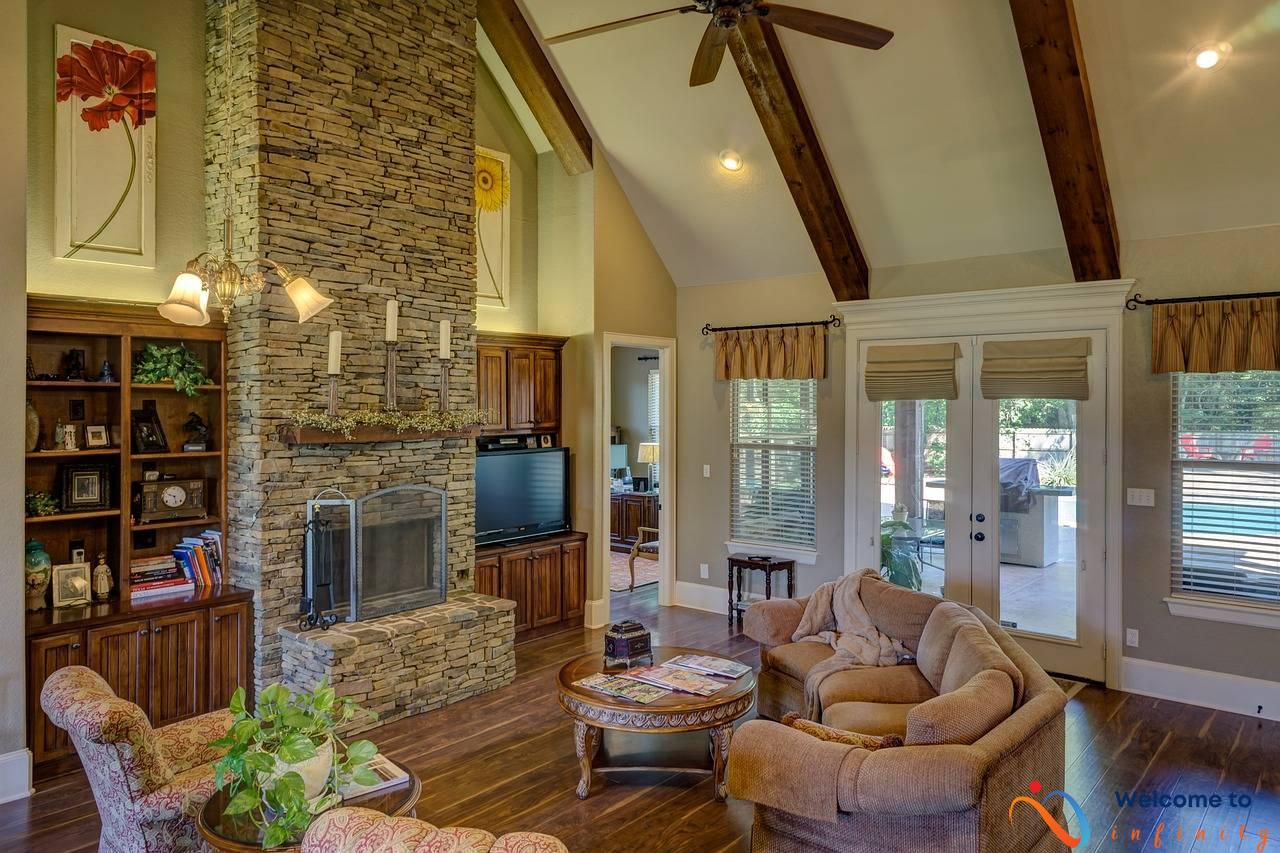Are you looking for a way to give your home decor a unique touch? Incorporating abstract art can be a great way to achieve this. while it might seem daunting to add such an unconventional style to your space, there are ways to make it work harmoniously with your existing decor.
The first step to successfully incorporating abstract art into your home is selecting the right piece. Consider the size, color, and style of the artwork to ensure that it complements your space. When it comes to color, you can either choose a piece that complements your existing decor or use the artwork as a starting point to create a cohesive color scheme throughout the room.
Placement is also crucial when it comes to displaying abstract art in your home. Think about the lighting, furniture placement, and traffic flow of the room to determine the best location for the piece. For wall art, choosing the right height, spacing, and arrangement is essential to create a visually appealing display. If you opt for a larger, statement piece, make sure it's the focal point of the room and that the rest of the decor doesn't detract from it.
In addition to wall art, abstract sculptures and decorative objects can add depth and dimension to your decor. These pieces can be incorporated into bookshelves, coffee tables, and other furniture placements.
By following these tips, you can successfully incorporate abstract art into your home decor. Don't be intimidated by this unique style – with the right approach, it can truly elevate the look and feel of your space.
Choosing the Right Piece
Selecting the right abstract art for your home is all about finding a piece that complements your existing decor. When considering abstract art, keep in mind the size, color, and style of the piece. The size should match the scale of the room to avoid overwhelming or underwhelming the space.
Color is also essential when choosing abstract art. You can opt for a piece that complements the existing color palette in your home, or use the art as a starting point to create a cohesive color scheme throughout the room. Neutral shades of black, white, and gray are always a safe choice, and can add a touch of sophistication to any space.
Last but not least, consider the style of the piece. Abstract art comes in many forms and styles, from bold and graphic to soft and subtle. Choose a style that complements your home's aesthetic and creates a cohesive overall look.
Before making a purchase, it's always a good idea to take into account your personal taste and preferences, as well as the intended location of the art. Don't rush the process – selecting the perfect abstract piece can take time, but the end result will be well worth the effort.
Placement
The placement of your abstract art is just as important as choosing the right piece. You want the art to be a focal point in the room, but also to complement the existing decor. Here are some tips to consider when deciding where to place your abstract art:
- Lighting: The lighting of the room will play a crucial role in how the art is perceived. Observe the position of the windows and the light sources. Place the art where it can be seen in the most ideal light.
- Furniture Placement: Consider the furniture placement in the room and use the art to balance the space. If you have a large and empty wall, consider using a large piece of art to balance the room.
- Traffic Flow: Traffic flow is important to consider when hanging art, as you want to avoid hanging it where people might bump into it. Consider the height of the art, and whether the room has high or low traffic before hanging it up.
When it comes to placement, there are a few different options for displaying abstract art:
When hanging abstract art on your walls, it's important to choose the right height, spacing, and arrangement to create a visually appealing display.
If you have multiple pieces of abstract art, creating a gallery wall can make an eye-catching display. To ensure a cohesive look, choose art that complements each other and the color scheme of the room.
When choosing a statement piece of abstract art, make sure it's the focal point of the room and not overshadowed by other decor. Consider using a large and bold piece to make a statement in the space.
Abstract sculptures and decorative objects can be incorporated into bookshelves, coffee tables, and other furniture placements. These can add depth and dimension to your decor, especially if you choose something that stands out in color and design.
Wall Art
Abstract art is a popular choice for wall decor, but hanging it in the right way is crucial to make it stand out. When choosing the appropriate height, consider the eye level of viewers to ensure that the art is easily visible and not too high or too low. For instance, hang the art at an average height of 57 inches from the ground to the middle of the artwork.
The right spacing between two pieces of abstract art is crucial to avoid overcrowding or leaving too much space in between. Ensure that the distance between each piece is approximately 2-3 inches. Also, consider the size of the wall and the size of the abstract art piece to find the ideal placement.
Arranging abstract art on your wall in a visually appealing way can make a significant difference in the overall look of the space. You can create numerous arrangements, such as symmetrically or asymmetrically, in a grid or in a cluster. Take the room's size and light into consideration, and choose an arrangement that complements your home's aesthetic.
If you're unsure of where to begin, start with one statement piece and slowly incorporate more abstract art around it. Alternatively, you can try creating a gallery wall with multiple pieces of abstract art in various sizes to create a unique focal point for your room.
Gallery Wall
If you're looking to create a statement in your home with abstract art, consider creating a gallery wall with multiple pieces. However, it's important to plan and organize the space carefully to ensure that the pieces complement each other and the overall room aesthetic.
Start by selecting a few abstract pieces that you love and that work well together in terms of color and style. You'll want to choose pieces that are different sizes and shapes to add variety to the display. Consider creating a mockup of the gallery wall on a piece of paper or using painter's tape on the wall to get a feel for the placement of each piece before committing to hanging them.
Once you have your selection of pieces and a plan for the layout, it's time to hang them up. Start by hanging the largest piece in the center of the display and work your way outwards. You should aim to maintain equal spacing between all the pieces to create a harmonious look.
Using picture-hanging hooks or nails, carefully hang each piece on the wall according to your plan. Keep a level and measuring tape on hand to ensure that each piece is hung straight and at the right height. Make sure to step back and assess the display as you go to ensure that the pieces are coming together as planned.
When creating a gallery wall with abstract art, you want the pieces to be the focal point of the room. Keep the surrounding decor simple and avoid adding too many other decorative objects that may detract from the display. With careful planning and execution, a gallery wall of abstract art can add a stunning and unique touch to your home decor.
Statement Piece
If you want to make a bold statement in your room, a larger abstract art piece can do just that. However, it's important to make sure that it works with the rest of the decor and doesn't detract from it. When choosing a statement piece, consider the size of the room and the other furnishings. For example, if you have a smaller space, a large piece may overwhelm the room.
Once you've chosen the right piece, make sure it's the focal point of the room. Arrange the furniture and other decorative objects to draw attention to the art. One effective way to create visual interest is to hang the art in a place that is visible from different angles.
When it comes to color coordination, choose shades that complement the tones in the rest of the room. Use the art as the starting point to create a cohesive color scheme throughout the room.
If a statement piece isn't the right fit for your room, consider a smaller abstract art piece that still adds visual interest without overwhelming the space. As always, when incorporating abstract art into your home decor, the key is to be intentional and considered in your decisions.
Sculptures and Decorative Objects
Abstract sculptures and decorative objects are great options for adding a unique touch to your home decor. These items add depth and dimension to your interiors, making them feel more complete. The beauty of abstract sculptures is that they can be incorporated into various furniture placements like bookshelves, coffee tables, and even window sills.
When selecting sculptures or decorative objects, consider your existing furniture, decor, and color schemes. Think about the space available and the kind of statement you want to make with the piece. The abstract sculpture or object you choose should complement your interior decor, rather than clash with it.
If you prefer statement pieces, then going for larger abstract sculptures can work well. A larger sculpture can be placed in the center of a coffee table, or above a fireplace mantle. It's essential to ensure that the sculpture or decorative object is balanced with the rest of the room's decor. You don't want it to look too heavy or out of place.
If you prefer a minimalistic style, going for smaller decorative objects can do the trick. These smaller objects can be placed strategically on bookshelves or side tables to liven up the area. They add a pop of color to the space while still maintaining a clean and uncluttered look and feel.
When incorporating abstract sculptures and decorative objects into your home decor, don't be afraid to experiment. There are no hard and fast rules when it comes to abstract art. Try different placements, groupings, and arrangements until you find a unique look that speaks to you.
Color Coordination
Choosing the right colors to match your existing decor is key to making abstract art work in your home. If you have a room with a neutral color scheme, consider a vibrant abstract piece to add a pop of color. If you have a colorful space, opt for abstract art with similar hues to create a cohesive and harmonious look.
Another approach is to use the abstract art as a starting point to create a color scheme throughout the room. Pull out the dominant colors from the painting and use them as accents in throw pillows, rugs, curtains, and other decorative accents. This will create a cohesive and polished look.
You can also experiment with complementary colors to create a bold and striking look. Use a color wheel to find colors that are opposite each other and pair them together in your decor.
- For example, if your abstract art has shades of blue and green, pair it with accents in orange or red.
- Or, if your abstract piece has warm tones of yellow and orange, contrast it with blue and purple accents.
Remember, color coordination is essential when incorporating abstract art into your decor. By choosing the right colors and creating a cohesive color scheme, you can enhance the beauty and impact of your space.
Conclusion
Abstract art can be a stunning addition to any home decor, and it doesn't have to be intimidating. By following the tips outlined above, you can incorporate abstract art into your space in a way that works and adds visual interest.
Remember to choose the right piece by considering size, color, and style, and to think carefully about placement based on lighting, furniture, and traffic flow. Whether you're hanging a single piece or creating a gallery wall, be sure to pay attention to height, spacing, and arrangement for maximum impact.
Don't be afraid to choose a statement piece to serve as the focal point of the room and build your decor around it. If you prefer smaller decor objects, consider abstract sculptures and other pieces that can be incorporated into bookshelves, coffee tables, and other furniture for added depth and dimension.
Finally, be sure to harmonize color coordination throughout the room. Whether you choose a piece that complements your existing decor or use it as a starting point for a cohesive color scheme, color coordination is essential for a unified and sophisticated look.
Overall, by carefully considering your choices and taking a thoughtful approach, you can make abstract art work in any space and elevate your home decor to the next level.












